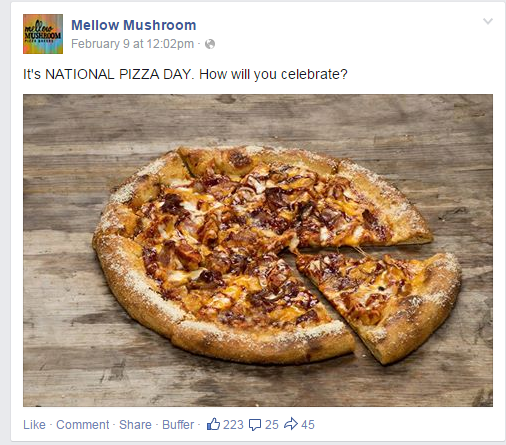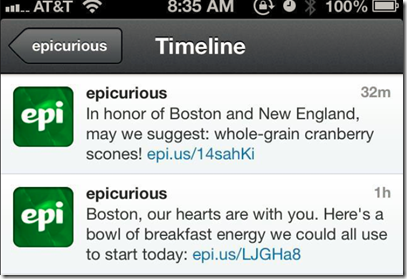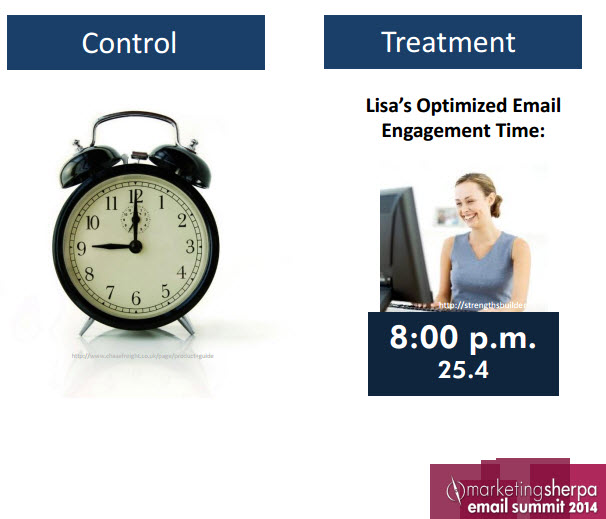Social Media: Mellow Mushroom’s tips for engaging Facebook followers
Two things come to mind for me when I think of the word social:
- Social media
- Pizza
Social media for brands is all about developing a thriving online community of fans and followers that engage with your content and (hopefully) become brand ambassadors. To do this, your content must have that “engage-ability” factor: what will make your content or social presence something that your audience will want to share and interact with?
Pizza is also something that we socially consume. Arguably, sometimes we don’t share it, but overall, when you have friends over or you don’t feel like cooking for your family, pizza is always a solid option. Social gatherings call for pizza.
In a way, you could say that pizza and social media go hand in hand — they definitely do for Mellow Mushroom Pizza Bakers.
I recently had a chance to chat with Steven Sams, Digital Content Manager, Dusty Griffin, Senior Graphic Designer and Robert Pierce, Social Media Manager, all of Mellow Mushroom, for a MarketingSherpa case study about their work with the brand’s email marketing efforts.
We had so much to talk about that I even asked the team for a second interview to discuss the brand’s social media efforts. Why? Mellow Mushroom has truly found a way to speak its audience’s language and cater to that via social media.
Even if you’re not a pizza restaurant, there are still great lessons to be learned from Mellow Mushroom’s efforts. Read on for those, as well as the team’s top tips for interacting with an audience on Facebook.
Facebook for Mellow Mushroom
Steven explained that for Mellow Mushroom, Facebook is the main social media channel. With more than 172,000 followers on the platform, average posts will reach up to 2,000 people — sometimes up to 46,000.
Mellow Mushroom has several elements of its Facebook strategy that the team lives by:
Frequency and timing
First, frequency is key. At the corporate level, the team aims to post twice a day. This was upped from once a day because of recent Facebook algorithm changes causing lower performance in posts.
“We’re trying out some different things with our frequency because not many people are seeing them in their News Feed based on the algorithm. We thought we should post a little bit more,” Steven explained.
Next, the time of day the team is posting is also important. If they are posting something food-related right before lunch or dinner time, they will entice followers to stop by Mellow Mushroom for their next meal.
However, a busy time on Facebook is later in the evening, between 8 and 10 p.m., and the brand will post more quirky content. This content isn’t aimed at driving people to a restaurant to eat, but rather, to simply engage and entertain their base.















